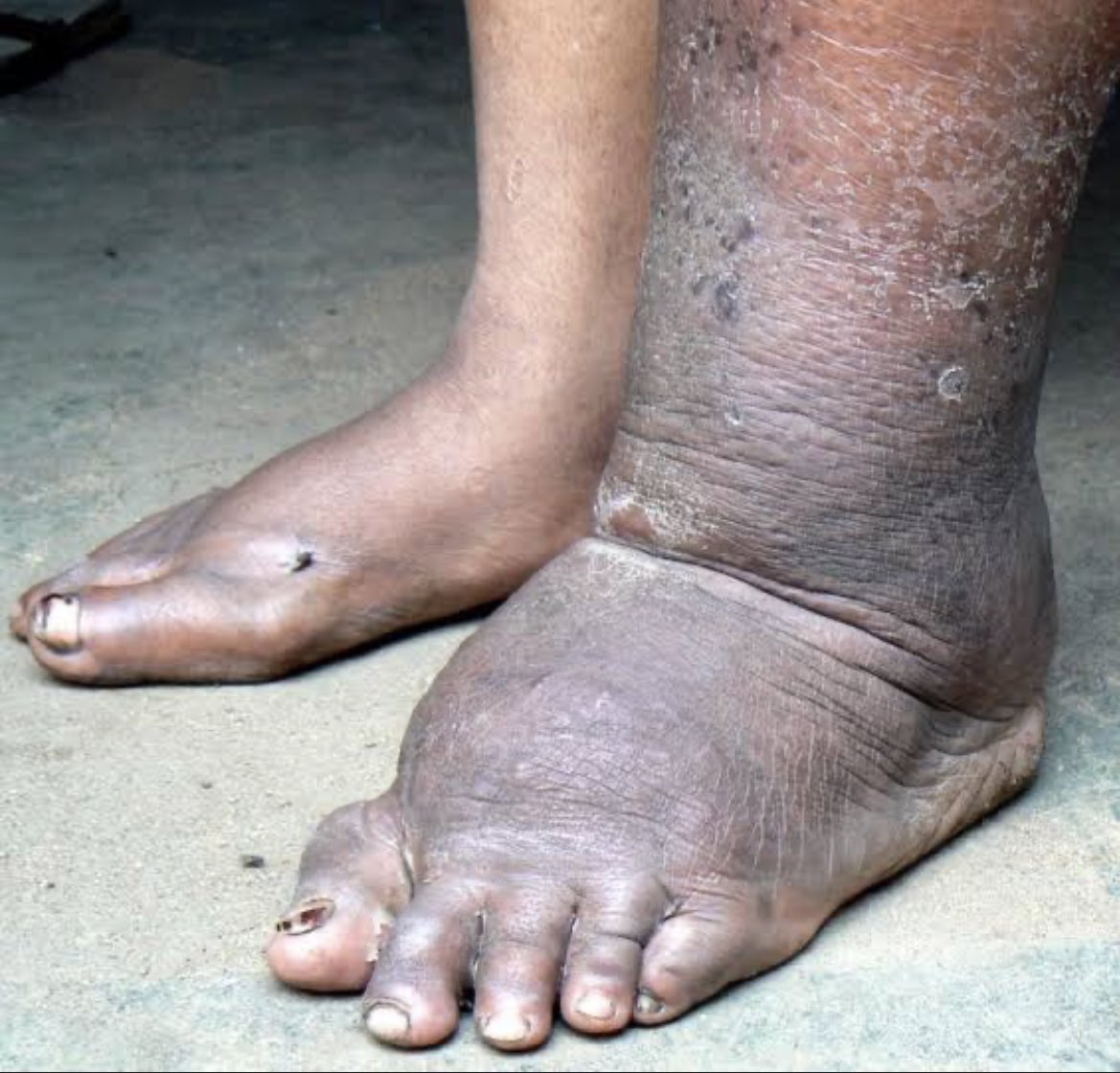Kapelebyong, Uganda – Health authorities in Kapelebyong District are sounding the alarm over a surge in elephantiasis cases, a tropical disease caused by parasitic worms transmitted through infected mosquito bites.
According to Dr. James Eudu, the District Health Officer, 646 residents are currently struggling with the disease, accounting for approximately 5.2% of the district’s population of 112,500 people.
The disease takes around 7 to 10 years to manifest, and alarmingly, over 344 of the 646 patients are suffering from hydrocele, a medical condition predominantly affecting men.
This worrying trend has significant implications for the district’s development, as affected individuals are forced to spend considerable time and money seeking treatment, rendering them unable to engage in productive work.
Kapelebyong District faces substantial health system challenges, including a severe shortage of staff, with current staffing levels at a mere 23%, something that has severely impacted health service delivery.
The district’s lack of a hospital means patients must travel to Amuria Hospital in neighboring Amuria District, further exacerbating the issue, with some sub-counties lacking health facilities.
The Kapelebyong District health authorities are advocating for increased support to tackle the disease, including upgrading health centers and recruiting more human resources to manage infections.
The situation in Kapelebyong is not an isolated incident with other districts in the region having reported similar challenges.
For instance, Napak District has seen a rise in cases, with 15 reported in the past year, primarily in Nabwal, Apeitolim, Poron, Lorengecora, and Iriiri sub-counties.
The district health department is working to sensitize communities on preventive measures and has reported the cases to the Ministry of Health and the Neglected Tropical Disease Control Program.
Elephantiasis, also known as lymphatic filariasis, is a significant public health concern in many tropical regions and it causes severe swelling, leading to substantial disability and stigma.
Efforts to combat the disease are underway, with some countries, like Kenya, aiming to eliminate elephantiasis by 2026 through mass drug administration and community engagement.

